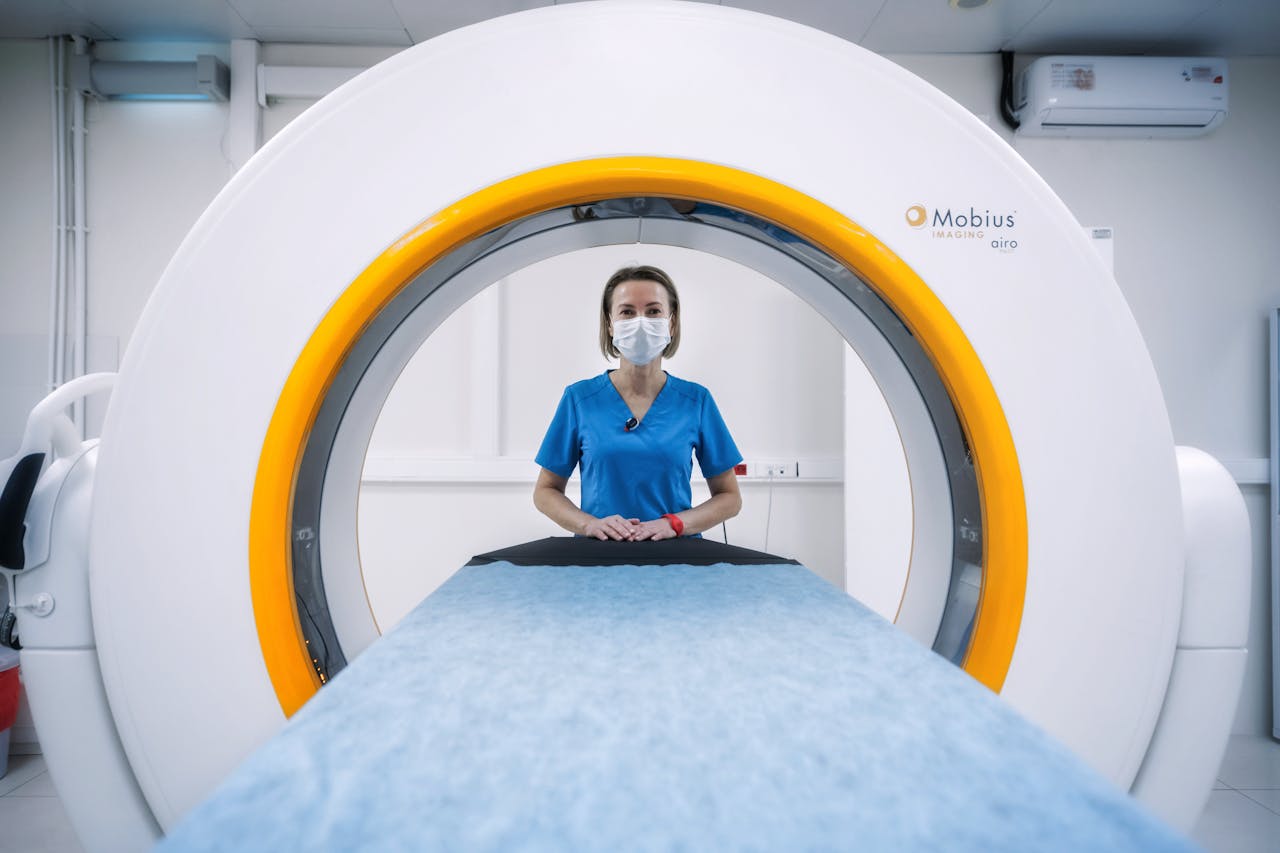Understanding how to track safety in clinical environments remains critical for modern healthcare systems. Since the groundbreaking 1999 To Err Is Human report highlighted systemic issues, hospitals globally have prioritised measuring risks to reduce preventable harm. We now recognise that consistent monitoring directly supports better outcomes for patients and staff alike.
Effective strategies combine structural evaluations, process audits, and outcome tracking. For instance, analysing incident reports alongside infection rates offers a clearer picture than isolated metrics. This integrated approach helps organisations identify patterns – whether medication errors or surgical complications – before they escalate.
Modern tools like digital dashboards enable real-time data collection across departments. Such systems empower teams to spot trends quickly, transforming raw numbers into actionable insights. When paired with staff training programmes, these resources create a culture where safety improvements become routine rather than reactive.
Key Takeaways
- Historical reports like To Err Is Human reshaped safety measurement priorities
- Combining structural, process, and outcome data provides comprehensive insights
- Digital tracking systems enhance real-time risk identification in hospitals
- Reducing adverse events requires ongoing analysis and staff collaboration
- Transparent reporting practices build trust within healthcare organisations

Understanding Patient Safety: Background and Significance
Modern healthcare’s focus on reducing risks didn’t emerge overnight. It grew from decades of research revealing systemic gaps in care delivery. One pivotal moment came in 1999 when the Institute of Medicine’s To Err Is Human report exposed alarming rates of preventable harm – sparking urgent reforms.
The Legacy of “To Err Is Human”
This landmark study revealed that up to 98,000 annual US hospital deaths resulted from preventable errors. It shifted perceptions, framing safety lapses as system failures rather than individual shortcomings. Healthcare organisations began prioritising standardised reporting and transparency, laying groundwork for today’s safety measurement practices.
Defining Quality Care and Patient Outcomes
Avedis Donabedian’s 1960s framework remains vital. His triad evaluates:
| Element | Focus | Example Metrics |
|---|---|---|
| Structures | Resources & settings | Staff-to-patient ratios, equipment availability |
| Processes | Care delivery methods | Medication reconciliation rates |
| Outcomes | End results | Infection rates, readmission figures |
Hospitals combining these elements see clearer improvement pathways. For instance, monitoring surgical site infections (outcomes) alongside sterilisation protocols (processes) helps pinpoint intervention opportunities. This approach transformed how we link daily practices to long-term health results.
Methods for Measuring Patient Safety
Healthcare teams rely on diverse approaches to monitor and enhance safety standards effectively. Each method offers unique insights, helping organisations address risks before they escalate into serious incidents.
Retrospective Chart Reviews and Automated Surveillance
Retrospective chart reviews remain the gold standard for uncovering safety gaps. Experts use tools like the Global Trigger Tool to flag potential issues in medical records, such as unexpected readmissions or medication errors. While thorough, this process can be time-intensive.
Automated surveillance systems solve this by scanning EHRs in real time. Algorithms detect patterns – like abnormal lab results or duplicated prescriptions – alerting staff to intervene swiftly. One study found these tools reduce preventable harm rates by 37% when paired with weekly audits.
| Method | Strengths | Limitations |
|---|---|---|
| Chart Reviews | Comprehensive, detailed insights | Labour-intensive |
| Automated Tools | Real-time alerts, scalable | Requires tech infrastructure |
Voluntary Error Reporting and Patient Reports
Frontline staff often spot risks first. Voluntary systems encourage nurses and doctors to log near-misses anonymously. Though underreporting remains a challenge, these accounts reveal systemic issues – like confusing medication labels – that formal audits might miss.
Patients also provide crucial feedback through surveys or apps. One hospital using this dual approach saw a 22% drop in falls after redesigning wards based on visitor input.
Leveraging Electronic Health Record Data
Modern EHRs do more than store information. Predictive analytics flag high-risk patients, while dashboards track infection trends across departments. For example, real-time alerts about abnormal vital signs help teams prevent sepsis cases from worsening.
Integrating these methods creates a robust safety net. As one director noted: “Combining staff reports with automated triggers lets us fix problems faster than either method alone.”

What Are the Key Metrics for Measuring Patient Safety?
Healthcare teams depend on precise indicators to track progress in reducing risks. These measurements help organisations spot trends, allocate resources, and demonstrate accountability to regulators and patients alike.
Identifying Key Patient Safety Indicators
The Agency for Healthcare Research and Quality (AHRQ) developed 26 Patient Safety Indicators (PSIs) to standardise evaluations. Three critical examples include:
| PSI Code | Focus Area | Impact Measurement |
|---|---|---|
| PSI 02 | Birth Trauma | Injuries per 1,000 vaginal deliveries |
| PSI 03 | Pressure Ulcers | Hospital-acquired cases per discharge |
| PSI 04 | Postoperative Sepsis | Infection rates after surgery |
These metrics allow hospitals to compare performance against regional averages. For instance, tracking PSI 03 helps identify wards needing better mobility protocols.
Utilising Standardised Measurement Tools
AHRQ’s Quality Indicator Software automates data collection from electronic records. This tool analyses 40+ safety parameters, from fall rates to transfusion errors. Facilities using it reduced preventable harm by 19% within two years in federal trials.
Combining manual audits with automated systems yields the clearest insights. One Midwest hospital group cut surgical site infections by 28% after integrating:
| Method | Frequency | Data Source |
|---|---|---|
| Staff Incident Reports | Real-time | Mobile apps |
| EHR Surveillance | Daily | Algorithm triggers |
Consistent measurement enables organisations to spot both sudden spikes and gradual declines in safety performance. As one director noted: “You can’t fix what you don’t measure – but you must measure the right things.”
Challenges and Strategies for Improvement
Hospitals face persistent hurdles in accurately assessing care risks despite technological advances. Varied reporting standards and fragmented records often obscure true safety performance, making systemic progress harder to achieve.
Navigating Data Limitations and Inconsistencies
One major roadblock lies in defining what constitutes preventable harm. A 2023 AHRQ study found 42% of hospitals use conflicting criteria for categorising diagnostic errors. This inconsistency skews national benchmarks and complicates improvement efforts.
Retrospective analysis often misses real-time insights. For example, handwritten incident reports might omit crucial details about medication mix-ups. Some trusts now use mobile apps that prompt staff to log events immediately with standardised dropdown menus.
Implementing Preventative Measures and System Enhancements
Forward-thinking organisations combine three tactics:
| Strategy | Implementation | Outcome |
|---|---|---|
| Integrated EHR Alerts | Real-time drug interaction warnings | 27% fewer prescribing errors |
| Staff Training Programmes | Monthly simulation workshops | 41% faster incident reporting |
| Patient Feedback Loops | Post-discharge safety surveys | 15% rise in hazard detection |
One Midwestern hospital reduced falls by 33% after integrating sensor mats with nurse call systems. Such innovations demonstrate how addressing data gaps fuels tangible safety gains.
Ultimately, progress requires aligning technology with human-centred processes. As one quality director noted: “Our best solutions emerge when frontline staff help design the systems they use daily.”
Conclusion
The journey toward safer healthcare environments demands persistent evaluation and innovation. Since the To Err Is Human report highlighted systemic risks, hospitals have prioritised measuring patient safety through standardised indicators and real-time data. Combining historical insights with modern tools – from EHR analytics to PSI tracking – helps organisations reduce preventable harm effectively.
Accurate measurement remains the foundation of meaningful improvements. By analysing adverse events alongside staff reports and patient feedback, teams identify patterns that drive targeted interventions. A Midwest hospital’s 33% reduction in falls after integrating sensor technology exemplifies this approach.
Progress hinges on collaboration across all levels. We encourage healthcare providers to adopt integrated systems that merge automated alerts with human expertise. Let’s continue refining measurement practices, learning from past challenges, and sharing successes to elevate care standards globally.



